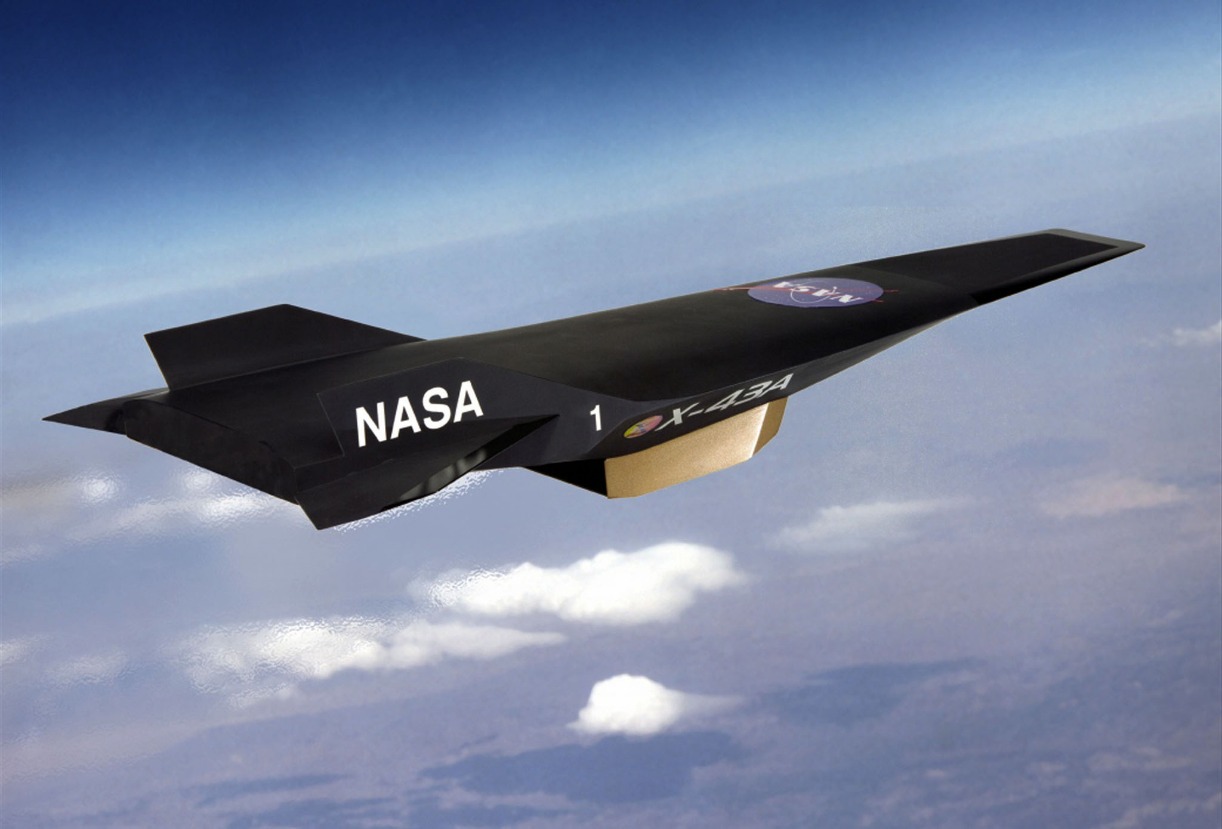Mach 8 and Beyond: How the X-24C Could Have Redefined Aviation
The X-24C proposed to incorporate lessons learned during the X-15 and X-24B trials. The expectation was that the X-24C would reach top speeds exceeding Mach 8 while performing hypersonic skip-glide maneuvers for long-range missions.
Summary: The Lockheed L-301, or X-24C, represents a captivating chapter in aviation history that exemplifies the ambition and technological foresight but also the fiscal constraints of aerospace innovation. Envisioned as an experimental air-breathing hypersonic aircraft, the X-24C was poised to build upon the legacy of its predecessors, the X-15 and X-24B, pushing the boundaries of speed, altitude, and the very method by which humans might reach space. Initially scheduled for a robust program involving 200 flights across two vehicles over eight years, the project was abruptly halted due to budgetary cuts, a decision made by NASA and the U.S. Air Force’s National Hypersonic Flight Research Facility in September 1977.
Beyond the Blueprint: The Untold Story of Lockheed’s X-24C
The history of aviation is relatively short, but it is already cluttered with projects that never panned out. While thousands of aircraft concepts have been realized, and built, and flown, many thousands more never progressed past the blueprint.
One of the more ambitious projects that never came to be was the Lockheed L-301, more commonly known as the X-24C, an experimental air-breathing hypersonic aircraft that was many years ahead of its time.
Getting Off the Ground
The X-24C, of course, never did get off the ground. In January 1977, the aircraft was tentatively scheduled to operate two vehicles for eight years, conducting 100 flights per vehicle. But in September 1977, NASA and the U.S. Air Force’s National Hypersonic Flight Research Facility, who had contracted with Lockheed’s Skunk Works to create the X-24C, decided to forsake the project for lack of funding.
Had the X-24C come to fruition, the jet would have built on the progress shown by the X-15 and X-24B programs.
The X-15, which we have covered extensively here at The National Interest, was remarkable – a hypersonic, rocket-powered aircraft. Depicted during the opening sequence of First Man starring Ryan Gosling, the X-15 was a USAF/NASA venture that proposed to fly Americans to space, rather than launch them. In First Man, Neil Armstrong, played by Gosling, skips his X-15 off the Earth’s atmosphere, forcing a hectic re-entry and landing. Armstrong was one of several pilots to take the X-15 beyond the threshold of the Earth’s atmosphere in experiments designed to test the viability of powered flight to space.

Of course, the U.S. ultimately decided to launch astronauts to space in capsules fitted above rockets, as it did in the Mercury, Gemini, and Apollo programs. The X-15 stands as the crowning achievement of the effort to fly to space instead.
The X-24B was an experimental aircraft designed to test the lifting body concept. The craft was used to test unpowered re-entry and landing – a technique that the Space Shuttle would adopt in the 1970s.
The X-24C proposed to incorporate lessons learned during the X-15 and X-24B trials. The expectation was that the X-24C would reach top speeds exceeding Mach 8 while performing hypersonic skip-glide maneuvers for long-range missions.
Incorporating a Scramjet
The X-24C was planned to run on the XLR-99 engine, which came straight from the X-15 program. But designers opted instead for the LR-105, which was the sustainer engine from the Atlas launcher. The LR-105 burned Rp-1 and liquid oxygen and was expected to accelerate the X-24C to hypersonic speed. Once the craft reached that threshold, the hydrogen-fueled, air breathing ram/scramjet mounted in the belly of the airframe would kick in, propelling the X-24C beyond speeds of Mach 8 and altitudes of 90,000 feet.
The “scramjet propulsion concept is still widely considered to be the most likely candidate for hypersonic aircraft to this day,” Alex Hollings wrote for Sandboxx. “A normal jet engine uses a compressor section (fan blades) to compress air to be mixed with fuel and ignited, but at hypersonic velocities, that compressor becomes a hindrance, slowing airflow to subsonic speeds as it passes through.” A scramjet, however, “uses the immense pressure created by air flowing into the engine at supersonic speeds to handle compression, making it a far more efficient means of propulsion at such high velocities.”
Alas, we will never know what the X-24C could have achieved.
About the Author: Harrison Kass
Harrison Kass is a defense and national security writer with over 1,000 total pieces on issues involving global affairs. An attorney, pilot, guitarist, and minor pro hockey player, Harrison joined the US Air Force as a Pilot Trainee but was medically discharged. Harrison holds a BA from Lake Forest College, a JD from the University of Oregon, and an MA from New York University. Harrison listens to Dokken.


